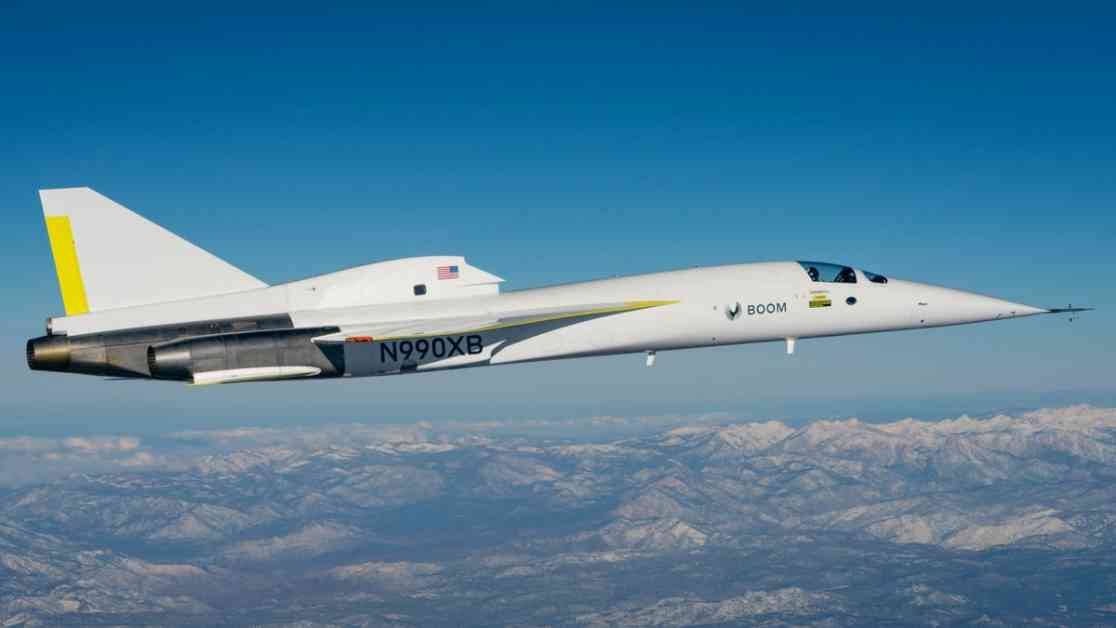Boom Supersonic recently achieved a major milestone in bringing supersonic passenger planes back into commercial operations. The company’s XB-1 prototype aircraft set a new speed record during a recent test flight, reaching 629 mph for the first time, equivalent to Mach 0.82.
This successful test flight confirmed the stability of the aircraft at high speeds for subsonic flight, marking a significant step forward in the development of commercial supersonic flights. The XB-1 also reached a new flight ceiling of 23,015 feet and demonstrated the safety of its cockpit pressurization systems.
In addition to the speed record, the XB-1 completed its eighth test flight, during which it operated at sustained Mach 0.8 without the assistance of its stability augmentation system. This manual operation at high speeds showcased the aircraft’s ability to fly safely without relying entirely on automated systems.
Development of the XB-1 aircraft began eight years ago, with the first test flight taking place in March 2024. Recent milestones include successful flutter tests at high speeds and the first in-flight use of its landing gear. These tests have demonstrated the durability and performance of the aircraft’s structure and systems.
Boom Supersonic plans to complete a total of 10 subsonic flights before moving on to supersonic tests by early 2025. The company aims to break the sound barrier at Mach 1 with the XB-1, paving the way for the development of the Boom Overture, a proposed supersonic passenger aircraft capable of traveling at speeds up to Mach 1.7.
The successful test flights of the XB-1 are crucial in proving the viability of Boom Supersonic’s technology for future commercial operations. The aircraft’s innovative design, including carbon fiber composite blends and custom engine intakes, will contribute to the efficiency and performance of the proposed supersonic passenger aircraft.
With the potential to travel at speeds close to the Concorde, the Boom Overture could revolutionize air travel, offering passengers the ability to reach destinations like London to New York in just over 3 hours. The continued success of the XB-1 test flights brings us one step closer to the return of supersonic passenger planes in the commercial aviation industry.










